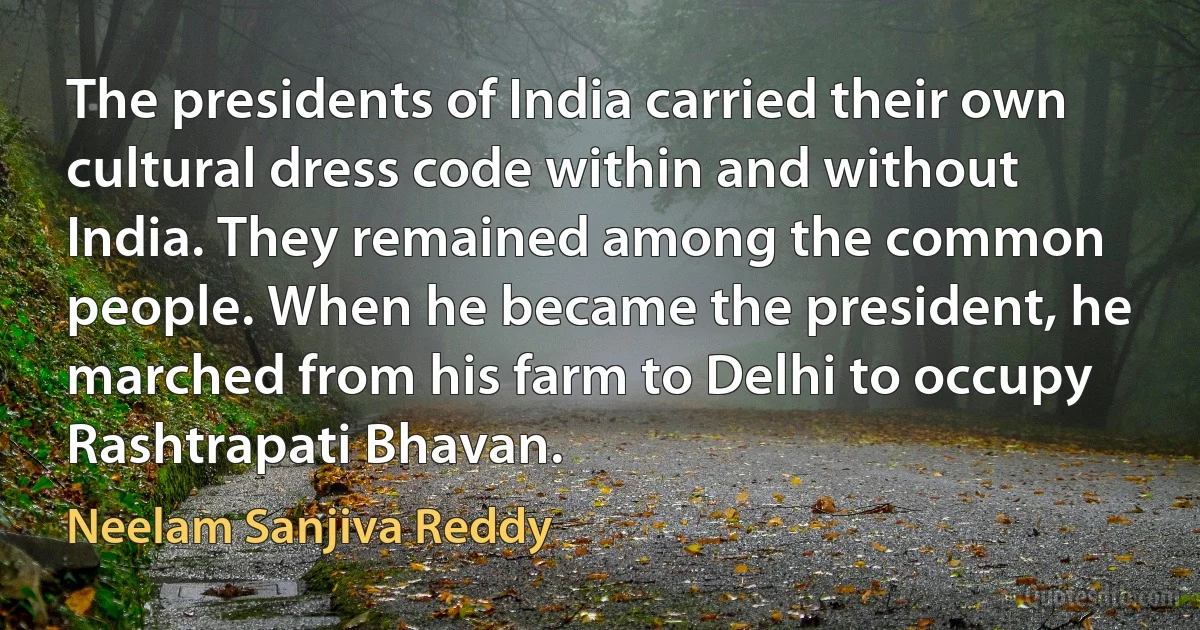Delhi Quotes - page 3
I was told when he died he was listening to Jab Dil Hi Toot Gaya, which I thought was far-fetched, because Saigal never liked his film songs, just his Ghalib compositions. But it was dramatic, so we used it. So imagine my surprise, when after a show in Delhi, a lady came up to me and said she was the niece, Durgesh, seen in that death scene, and her uncle had indeed listened to that song on his deathbed.

K. L. Saigal
The victorious standards set out from Jaunpur for the destruction of idols, slaughter of the enemies of Islam and hunt for elephants near Padamtalav' The Sultan saw Jajnagar which had been praised by all travellers'...'The troops which had been appointed for the destruction of places around Jajnagar, ended the conceit of the infidels by means of the sword and the spear. Wherever there were temples and idols in that area, they were trampled under the hoofs of the horses of Musalmans'...'After obtaining victory and sailing on the sea and destroying the temple of Jagannath and slaughtering the idolaters, the victorious standards started towards Delhi...

Firuz Shah Tughlaq
The Sultan left Banarasi [Cuttack] with the intention of pursuing the Rai of Jajnagar, who had fled to an island in the river News was then brought that in the jangal were seven elephants, and one old she-elephant, which was very fierce. The Sultan resolved upon endeavouring to capture these elephants before continuing the pursuit of the Rai.... After the hunt was over, the Sultan directed his attention to the Rai of Jajnagar, and entering the palace where he dwelt he found many fine buildings. It is reported that inside the Rais fort, there was a stone idol which the infidels called Jagannath, and to which they paid their devotions. Sultan Firoz, in emulation of Mahmud Subuktigin, having rooted up the idol, carried it away to Delhi where he placed it in an ignominious position.

Firuz Shah Tughlaq
When Sultan Alau-d din, the Sultan of Delhi, was well established in the centre of his dominion and had cut off the heads of his enemies and slain them, the vein of the zeal of religion beat high for the subjection of infidelity and destruction of idols, and in the month of Zi'l-hijja 698 H. (1298 AD) his brother Malik Mu'izzu-d din and Nusrat Khan, the chief pillar of the state and the leader of his armies, a generous and intelligent warrior, were sent to Kambayat, the most celebrated of the cities of Hind in population and wealth' With a view of holy war, and not for the lust of conquest...

Alauddin Khalji
My experience thus far had been to win matches and not lose them. I remember that in 1932, after our return from the Olympic tour, we beat Delhi by 12 goals to nil. I never recognised Delhi as a big hockey playing center, but on this day they were right on top of us and completely outplayed us. The news of this defeat created adverse opinions about us, and while touring other centers before we finally sailed from Mumbai. This particular defeat kept worrying me. For the first time I was captaining the Olympic team; will India lose the title under my charge?

Dhyan Chand
...The nobles and chiefs said, ‘It seems expedient that the victorious standards should move towards the Dekhin'...Sher Shah replied: ‘What you have said is most right and proper, but it has come into my mind that since the time of Sultan Ibrahim, the infidel zamindars have rendered the country of Islam full of unbelievers, and having thrown down masjids and buildings of the believers, placed idol-shrines in them, and they are in possession of the country of Delhi and Malwa. Until I have cleansed the country from the existing contamination of the unbelievers, I will not go into any other country'...

Sher Shah Suri
Bigger in nature was the protest lodged by the citizens of Delhi when the vanquished Prince Dara Shukoh was humiliated and later executed by Aurangzeb in 1658. Francois Bernier was present in Chandni Chowk and witnessed the event. He writes that "the crowd assembled upon this disgraceful occasion was immense; and everywhere I saw the people weeping and lamenting the fate of Dara.”.

Dara Shukoh
A few years ago, a Muslim spokesman [Imam Abdullah Bukhari of Jama Masjid, Delhi] had demanded that 20 percent seats in the Parliament and the State Assemblies should be reserved for members of his community. He also recommended that the remaining 80 percent seats should be filled only by those persons whose selection before elections had been cleared by the same community!

Sita Ram Goel
Three conclusions can be safely drawn from a study of these 21 inscriptions. Firstly, the destruction of Hindu temples continued throughout the Muslim rule, from the date of its first establishment at Delhi in AD 1192 to its downfall with the death of the Mughal emperor Muhammad Shah in 1748. Secondly, the destruction took place all over India and was undertaken by rulers belonging to all Muslim dynasties, imperial as well as provincial. Thirdly, the destruction had no economic or political motive as has been proposed by Marxist scholars and Muslim apologists; it was inspired by religious zeal and regarded as a pious performance by Muslim kings and commanders, all of whom took considerable pride in it and sought blessing from Allãh and the Prophet. The iconoclasts, it may be added, have been idolised all along as paragons of faith, virtue, justice and generosity. These conclusions become clearer still when we come to evidence from Islamic literary sources.

Sita Ram Goel



